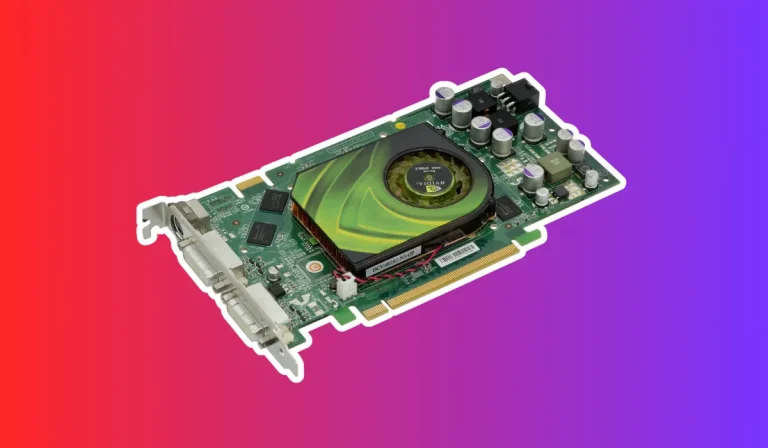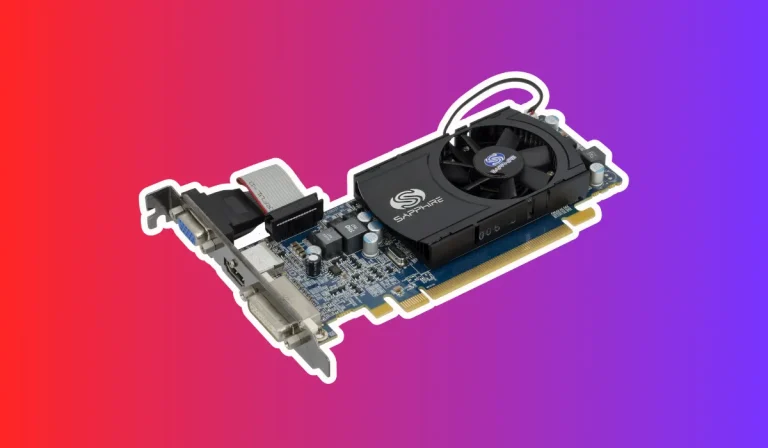Can you upgrade a motherboard without reinstalling Windows?
Imagine your computer as a human body. Just like the heart pumps blood, the motherboard is the vital component that connects and powers every part of your machine. we’ll explore why the motherboard is crucial to your computer’s functionality and delve into the common need for upgrading this essential piece of hardware.
Factors to Consider Before Upgrading a Motherboard
Compatibility with Existing Components
One of the most critical factors to consider before upgrading a motherboard is compatibility with your existing components. The new motherboard should support your current CPU, RAM, and other hardware. Check the manufacturer’s specifications to verify the compatibility of your components with the new motherboard.
CPU socket compatibility is particularly important. Different CPUs use different socket types, such as Intel’s LGA or AMD’s AM4. Ensure that the new motherboard has the appropriate socket to accommodate your CPU.
RAM compatibility is another key consideration. Check the supported RAM types, speeds, and capacities of the new motherboard. Make sure your existing RAM modules match these specifications to avoid any compatibility issues.
Expansion Slots and Ports
Evaluate the expansion slots and ports available on the new motherboard. Consider the number and type of PCIe slots, USB ports, SATA connectors, and other interfaces you require. Assess your current and future needs for expansion cards, such as graphics cards, sound cards, or Wi-Fi adapters. Ensure that the new motherboard provides enough slots and connectors to accommodate these devices.
BIOS and Firmware Updates
Before upgrading, check if your current motherboard supports BIOS or firmware updates. Updating the BIOS can sometimes enable compatibility with newer components, allowing you to delay the need for a motherboard upgrade. However, not all motherboards support such updates, so it’s essential to research and understand your current motherboard’s capabilities.
Steps to Upgrade a Motherboard Without Reinstalling Windows
Step 1: Backup Your Data
Before starting the upgrade process, it’s crucial to create a backup of all your important data. This ensures that even if something goes wrong during the upgrade, your files will remain safe. You can use an external hard drive, cloud storage, or reliable backup software to create a full system backup.
Step 2: Gather Necessary Drivers
To avoid any compatibility issues after the motherboard upgrade, it’s essential to have the necessary drivers ready. Visit the manufacturer’s website of your new motherboard and download the latest drivers for your specific operating system. Save them to a USB drive or another accessible location for easy access during the installation process.
Step 3: Disconnect Power and Cables
Before physically replacing the motherboard, make sure to disconnect the power supply and all cables connected to your computer. This includes the power cord, monitor cable, keyboard, mouse, and any other peripheral devices. Removing the old motherboard without any power source ensures safety and prevents any accidental damage.
Step 4: Replace the Motherboard
Carefully remove the old motherboard from your computer case and replace it with the new one. Ensure that you align the screw holes properly and secure the motherboard firmly in place. Double-check all connections, including the CPU, RAM, storage drives, and power cables, to ensure they are properly seated.
Step 5: Install Necessary Drivers
Once the new motherboard is in place, reconnect the power supply and all cables. Start your computer and log into Windows. Install the necessary drivers that you downloaded in Step 2. Follow the installation instructions provided by the manufacturer and restart your computer if prompted.
Common Challenges and Solutions
Challenge 1: Driver Compatibility Issues
When upgrading a motherboard, it’s common to face driver compatibility issues. The new motherboard may require different drivers than the previous one, which can lead to device malfunctions or system instability.
To overcome this challenge, ensure that you have downloaded the latest drivers for your new motherboard before the upgrade. Install them promptly after replacing the motherboard to ensure proper functionality and compatibility with your hardware.
Challenge 2: Activation and Licensing Issues
In some cases, upgrading a motherboard without reinstalling Windows can trigger activation and licensing issues. Windows may detect the hardware change and prompt you to reactivate your license.
If you have a retail copy of Windows, you should be able to reactivate it using your product key. However, if you have an OEM copy, which is tied to the original motherboard, you may need to contact Microsoft support for assistance.
Challenge 3: System Instability
After upgrading a motherboard, you may experience system instability, including random crashes, freezes, or performance issues. This could be due to incompatible hardware or improper installation. To address this challenge, ensure that all components are compatible with the new motherboard and properly connected.
Update your BIOS to the latest version, as it may contain stability improvements. Additionally, run a thorough system scan for any software conflicts or errors that may be causing instability.
FAQ’s
1. Can I upgrade my motherboard without reinstalling Windows?
Yes, it is possible to upgrade your motherboard without reinstalling Windows. However, there are certain factors to consider, such as compatibility with existing components and driver compatibility, to ensure a successful upgrade.
2. Will I lose my data if I upgrade my motherboard without reinstalling Windows?
Upgrading your motherboard without reinstalling Windows should not cause data loss. However, it is always recommended to create a backup of your important data before making any hardware changes as a precautionary measure.
3. Do I need to reinstall drivers after upgrading my motherboard?
Yes, it is generally necessary to reinstall drivers after upgrading your motherboard. The new motherboard may require different drivers to ensure proper functionality and compatibility with your hardware. It is advisable to download the latest drivers from the manufacturer’s website and install them after the motherboard upgrade.
4. Can I use my existing Windows license after upgrading the motherboard?
In most cases, you can continue using your existing Windows license after upgrading the motherboard. However, depending on the type of license (retail or OEM), you may need to reactivate your license. Retail licenses can usually be reactivated using the product key, while OEM licenses may require contacting Microsoft support for assistance.
5. Will I experience any performance improvements by upgrading my motherboard?
Upgrading your motherboard alone may not always result in significant performance improvements. While a newer motherboard may offer additional features or support for faster components, the overall performance boost will depend on other factors such as the CPU, RAM, and storage devices in your system.
Conclusion
Upgrading a motherboard without reinstalling Windows can be a viable option for those seeking to enhance their computer’s performance without the hassle of a fresh operating system installation.
However, it is essential to approach this process with thorough research and caution. Compatibility, driver installation, and potential licensing issues should be carefully considered. By following the outlined steps and addressing any challenges that may arise, you can successfully upgrade your motherboard while retaining your Windows installation




